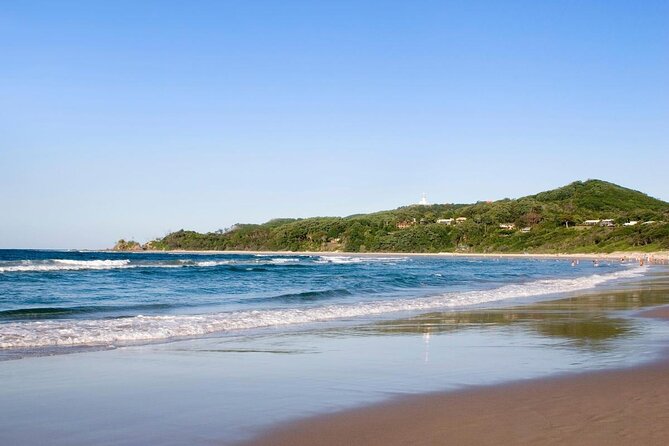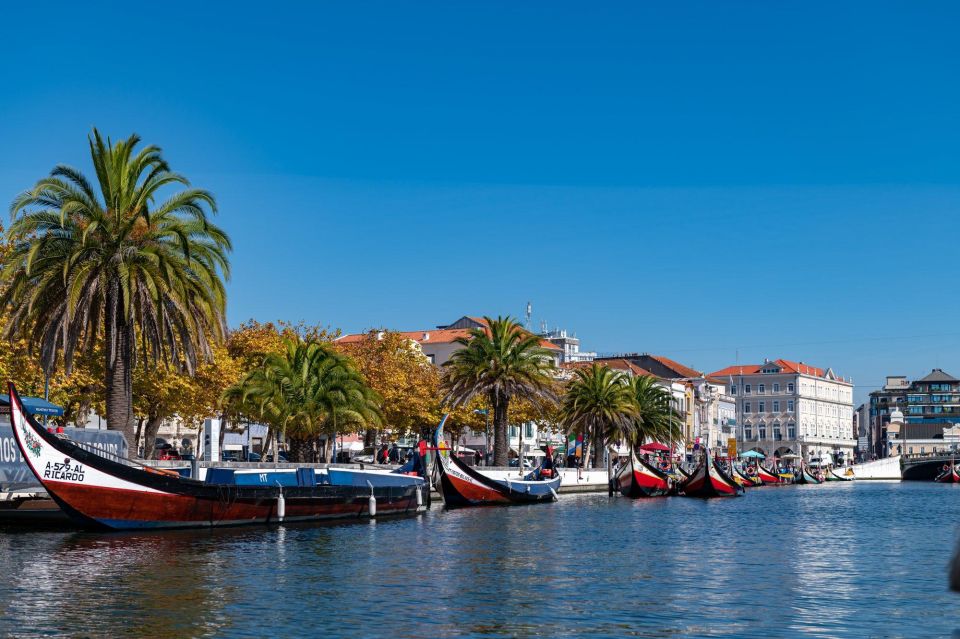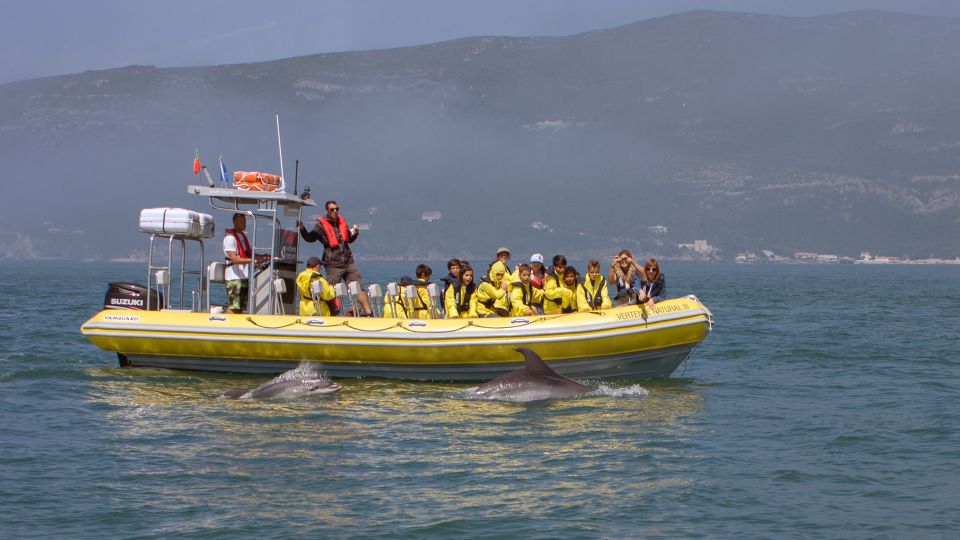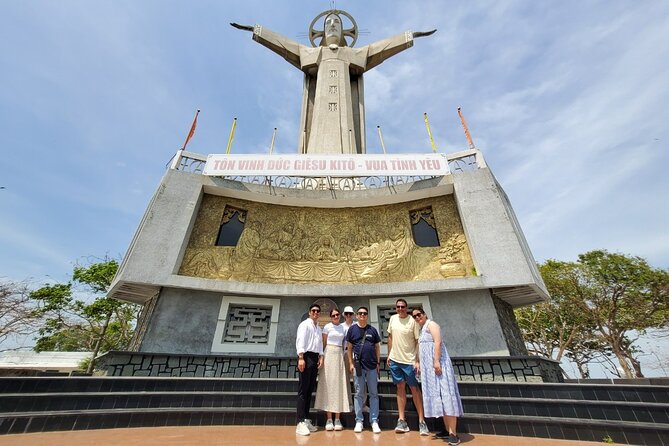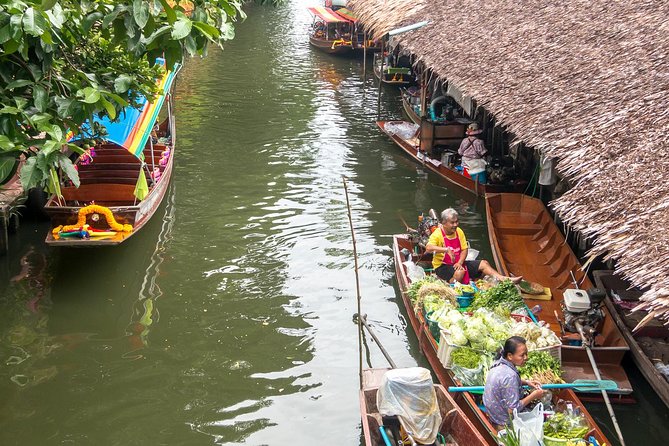Uncovering Berlin’s rich history has never been easier. Join a guided walking tour led by a knowledgeable French-speaking guide and explore the city’s captivating past. From its 13th-century origins as a trading settlement to its transformation into a thriving metropolitan hub, this comprehensive tour navigates the complexities of Berlin’s formative years. Visitors will explore the symbolic significance of the Brandenburger Tor, the haunting legacy of the Führerbunker, and the powerful impact of the Berlin Wall’s construction and eventual fall. With a mix of historical insights and thought-provoking narratives, this immersive experience promises to leave you with a deeper understanding of Berlin’s complex and troubled history.
Key Points
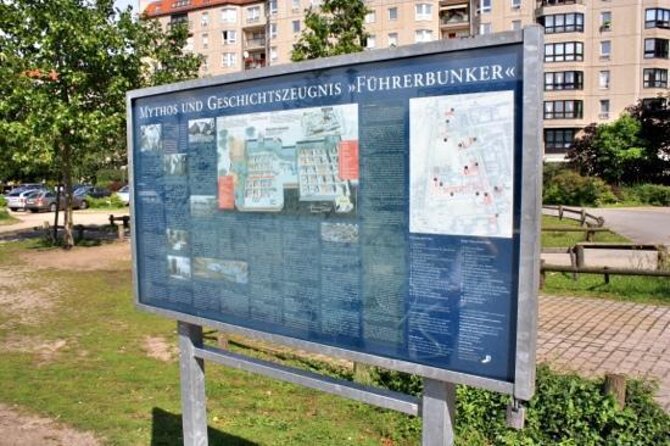
-
Explore Berlin’s rich history from its 13th-century origins to its pivotal role during the Cold War, with a focus on key landmarks and their significance.
-
Discover the divided city’s transformation after the fall of the Berlin Wall, including the redevelopment of Potsdamer Platz and the Sony Center.
-
Learn about the powerful symbolism and historical impact of the Brandenburger Tor, a witness to both the division and reunification of Germany.
-
Visit the somber yet thought-provoking Holocaust Memorial, reflecting on the city’s complex and troubled past.
-
Gain insights into the infamous Führerbunker, where Adolf Hitler spent his final days, and the profound experience it offers tour-goers.
It's also worth checking out some other tours and experiences nearby.
Berlin’s Formative Years
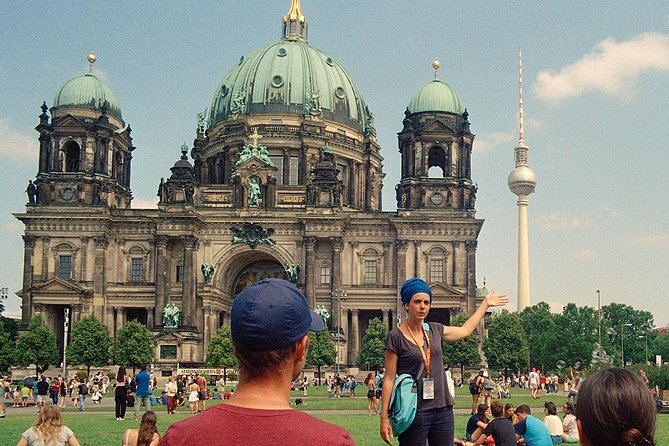
Berlin’s history dates back to the 13th century, when it was a small trading settlement on the River Spree.
The city’s strategic location and steady growth made it an important regional center, and by the 18th century, it had become the capital of the Kingdom of Prussia.
Under the rule of the Hohenzollern dynasty, Berlin transformed into a thriving metropolis, with grand architecture, cultural institutions, and a growing population. This era laid the foundation for Berlin’s future as a global center of power and influence.
Visitors on the walking tour will learn about the city’s early development and its rise to prominence, setting the stage for the tumultuous events that would shape Berlin’s history in the 20th century.
Navigating the Cold War
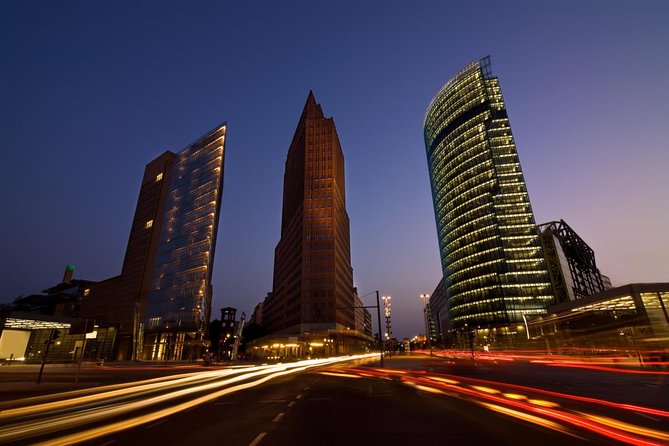
After the devastation of World War II, Berlin found itself at the center of the emerging Cold War between the Western Allies and the Soviet Union. Divided into East and West, the city became a symbolic battleground between capitalism and communism, with the iconic Brandenburger Tor serving as a stark reminder of the division. Visitors on the walking tour will explore this turbulent era, learning how the construction of the Berlin Wall in 1961 trapped East Berliners behind the iron curtain and how the city remained a flashpoint until the wall’s dramatic fall in 1989.
| Key Cold War Sites | Significance |
|---|---|
| Brandenburger Tor | Symbol of division between East and West |
| Berlin Wall | Physically separated the city for 28 years |
| Checkpoint Charlie | Notorious crossing point between East and West |
| Potsdamer Platz | Transformed from wasteland to modern commercial hub |
Exploring the Holocaust Memorial
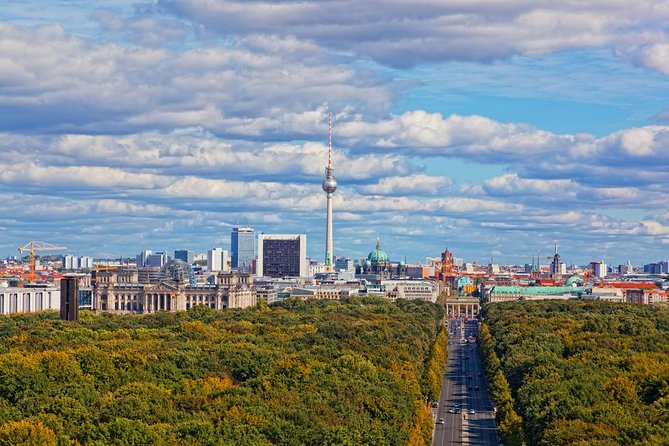
The Holocaust Memorial stands as a solemn reminder of the atrocities committed during one of history’s darkest chapters, providing visitors with a profound and thought-provoking experience.
As part of the Berlin history walking tour, guests will have the opportunity to explore this powerful memorial:
-
The expansive concrete stelae, designed by architect Peter Eisenman, create an immersive and unsettling atmosphere, inviting deep reflection on the devastating impact of the Holocaust.
-
Visitors can wander through the maze-like arrangement of the memorial, experiencing a sense of disorientation and unease that mirrors the experiences of those persecuted during the Nazi regime.
The memorial’s central location in the heart of Berlin serves as a poignant reminder of the city’s complex and troubled past, underscoring the importance of remembrance and learning from history.
Visiting Hitler’s Bunker
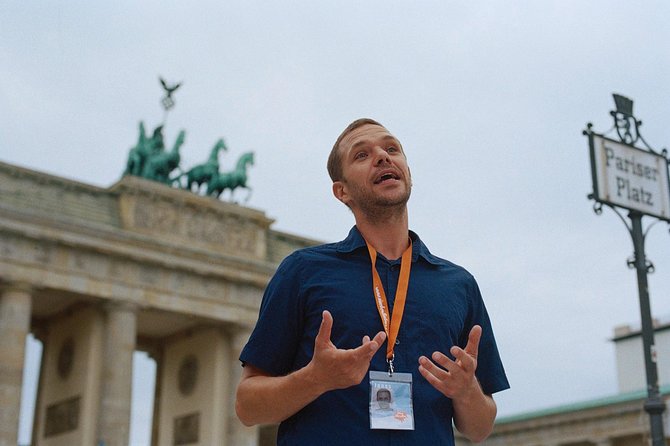
Beneath the streets of central Berlin lies the infamous Führerbunker, where Adolf Hitler spent his final days as the Third Reich crumbled around him. Visitors to the Berlin history walking tour can venture down to this grim subterranean complex, where they’ll gain a chilling firsthand understanding of the Nazi regime’s inglorious end.
| Bunker Features | Description |
|---|---|
| Size | 30 rooms spread across 3 levels |
| Depth | 12 meters below ground |
| Entrance | Concealed by a discrete courtyard |
| Amenities | Sleeping quarters, meeting rooms, hospital |
| Departure | Hitler committed suicide here on April 30, 1945 |
The Führerbunker offers a visceral connection to one of history’s darkest chapters, providing tour-goers with a profound and thought-provoking experience.
Witnessing the Brandenburger Tor
As the tour continues, travelers witness the iconic Brandenburger Tor, a powerful symbol that stood at the heart of Berlin’s tumultuous history.
This 18th-century neoclassical gate played a pivotal role during the Cold War, marking the division between East and West Berlin.
The guide explains how the gate was closed off by the Berlin Wall in 1961, becoming a potent symbol of the city’s separation.
Visitors learn how the Tor was a key crossing point when the wall fell in 1989, marking the reunification of Germany.
Today, the Brandenburger Tor stands as a testament to Berlin’s resilience, a landmark that witnessed the city’s darkest and brightest moments.
Discovering Potsdamer Platz
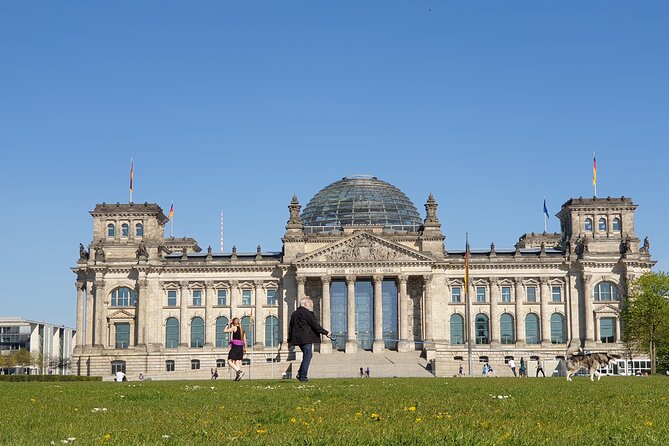
Continuing from the iconic Brandenburger Tor, the tour now leads visitors through Potsdamer Platz, a centrally located square that has undergone a remarkable transformation since the fall of the Berlin Wall.
Once divided by the Wall, Potsdamer Platz is now a vibrant hub of modern architecture, entertainment, and commercial activity.
Travelers will marvel at the striking Sony Center, with its glass-domed atrium, and the soaring Kollhoff Tower, which offers panoramic views of the city.
The guide will explain how this area, which was once a no-man’s land, has been revitalized, showcasing Berlin’s remarkable ability to reinvent itself after a tumultuous history.
Exploring the Sony Center
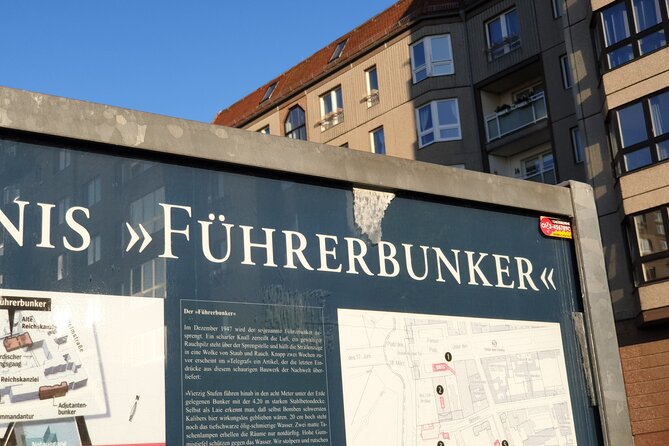
The group now turns its attention to the striking Sony Center, whose glass-domed atrium dominates the skyline of Potsdamer Platz. The guide explains how this architectural marvel embodies Berlin’s transformation from a divided city to a thriving hub of commerce and culture.
The Sony Center houses a variety of high-end shops, restaurants, and entertainment venues, reflecting the city’s vibrant modern identity.
Visitors can explore the complex’s unique blend of contemporary design and historical elements, including the preserved sections of the Berlin Wall.
The guide highlights the center’s sustainable features, such as its energy-efficient technology and rooftop gardens, showcasing Berlin’s commitment to environmentally-conscious urban development.
Tour Logistics and Details
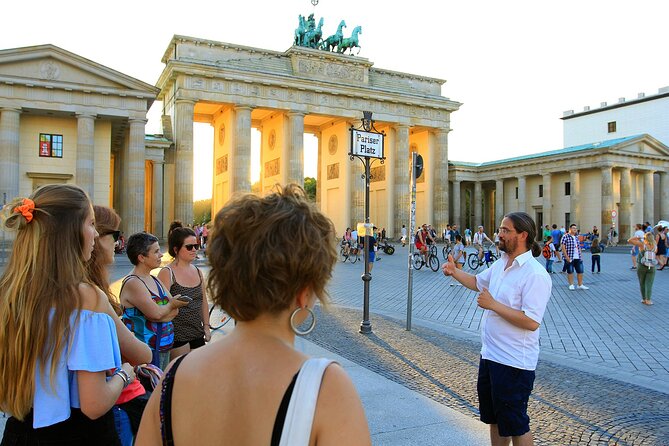
After exploring the modern architectural marvels of the Sony Center, the tour now turns its attention to the practical details visitors need to know about the Berlin history walking tour. The half-day tour departs at 10:00 am from Potsdamer Platz and concludes at the Museumsinsel, leaving participants ample time for lunch. With a maximum group size of 25 travelers, the tour provides an intimate and personalized experience, led by a knowledgeable French-speaking guide. The comprehensive itinerary includes admission to the Holocaust Memorial and Hitler’s Bunker, ensuring visitors gain a comprehensive understanding of Berlin’s rich and often troubled history.
| Tour Details | |
|---|---|
| Duration | Half-day |
| Departure | 10:00 am |
| Arrival | Museumsinsel |
| Group Size | Max 25 travelers |
Here's a few more nearby tours and experiences we think you'll like.
Frequently Asked Questions
Can I Customize the Tour to Fit My Interests?
Yes, many tour providers allow customization to suit individual interests. Inquire about options to modify the itinerary or focus areas when booking the tour to ensure it meets your needs.
Are There Any Discounts Available for Students or Seniors?
Yes, the tour operator may offer discounted rates for students and seniors. It’s best to inquire about any available discounts when booking the tour to ensure you receive the best possible price.
How Strenuous Is the Walking Involved in the Tour?
The walking is moderate, covering several kilometers over the course of the half-day tour. Participants should be prepared for periods of standing and walking, though the pace is leisurely and there are regular stops. Comfortable shoes are recommended.
Are There Opportunities to Stop for Refreshments Along the Way?
Yes, there are opportunities to stop for refreshments along the way. The walking tour includes stops where participants can purchase snacks, drinks, or a light meal to refuel during the half-day excursion.
Can the Tour Guide Accommodate Special Needs or Disabilities?
The tour guide can typically accommodate special needs or disabilities with advance notice. Travelers should contact the tour operator to discuss any requirements or accommodations needed for a smooth and enjoyable experience.
Not for you? Here's more of our most recent tour reviews happening neaby
- Berlin WelcomeCard: Discounts & Transport Berlin Zones (ABC)
- Berlin: Trabi Limousine Airport Transfer With City Tour
- Berlin- Meet & Greet Assistant at Airport
- Berlin Neukölln-Reuterkiez, Often Called Kreuzkölln
- Berlin: Hohenschönhausen Memorial Guided Tour & Pickup
- Berlin: Laughing Spree Comedy Show on a Boat
- Berlin: 3-Hour Segway Tour
- Skip-the-line DDR Museum and Berlin’s Old Town Private Tour
- Private Berlin Cold War Tour by Car or on Foot
- Half-Day Best of Berlin Segway Tour
- Berlin: Guided Craft Beer & Cultural Tour With Snacks
- Berlin: Private E-Rickshaw Tour With Hotel Pickup Service
- Big Bus Berlin Hop-On Hop-Off Sightseeing Tour
- From Berlin: Private Tour of Potsdam With a Guide
- Berlin: Private Historic City Center Walking Tour
Recap
This Berlin history walking tour with a French-speaking guide offers a comprehensive exploration of the city’s past, from its origins to its pivotal role during the Cold War.
Visitors can explore the city’s complex and troubled history, visiting key landmarks like the Brandenburg Gate and the Holocaust Memorial.
The tour provides an insightful and immersive experience, allowing participants to gain a deeper understanding of Berlin’s transformative journey.


